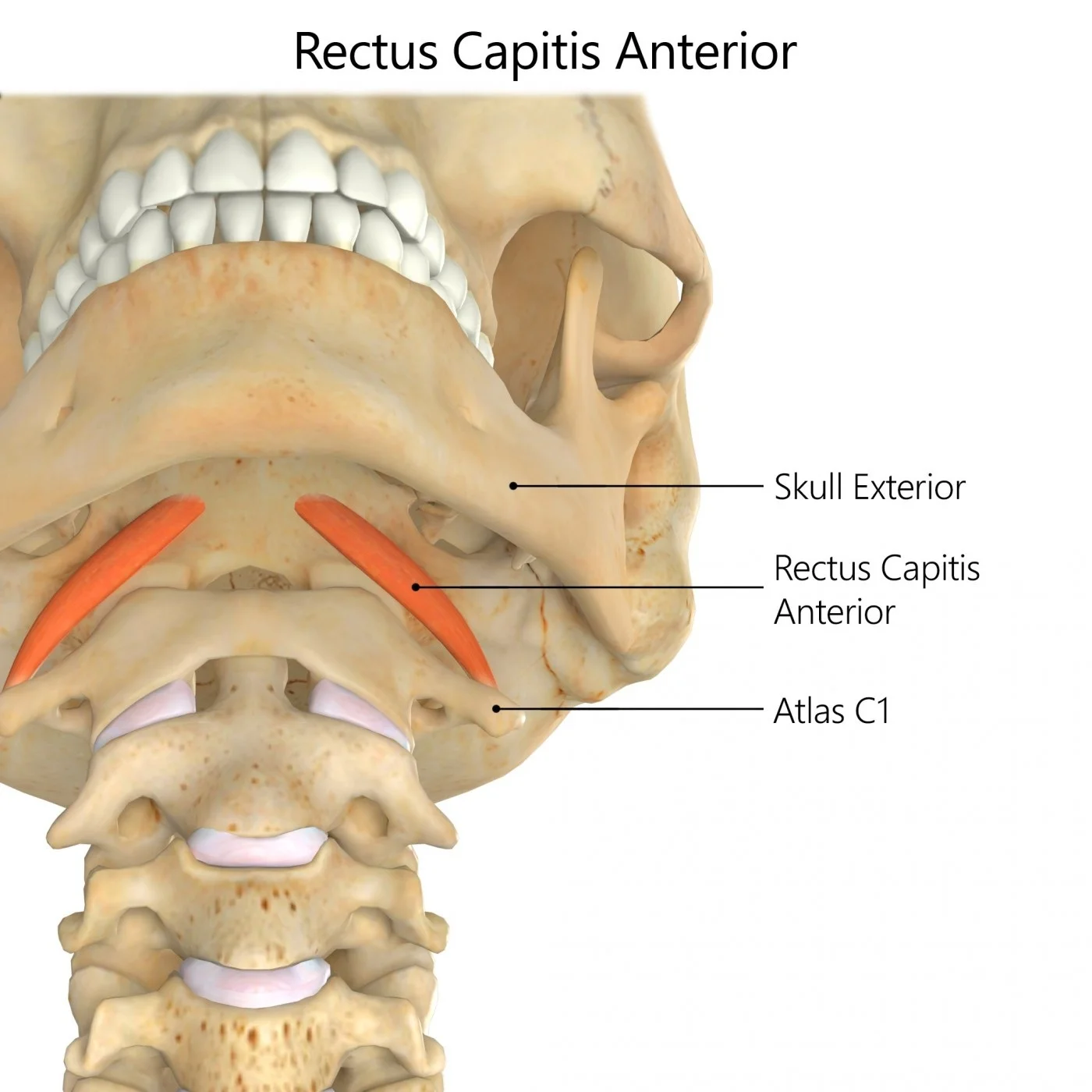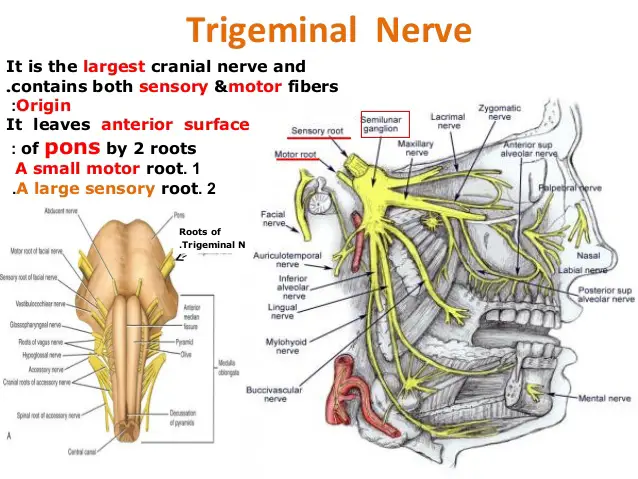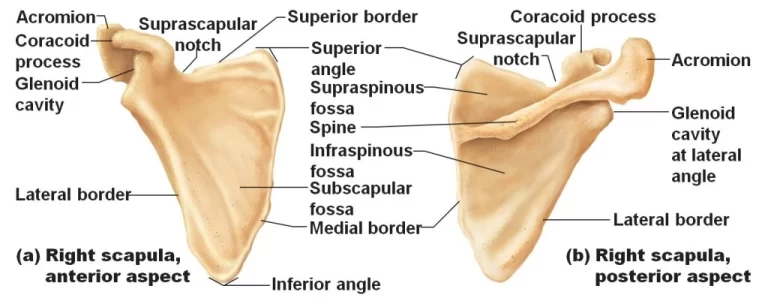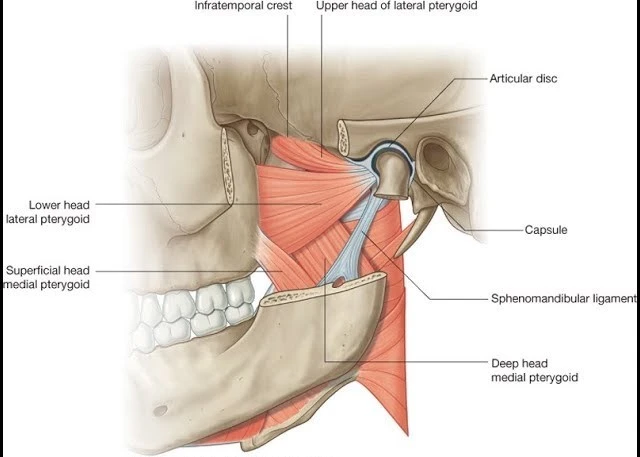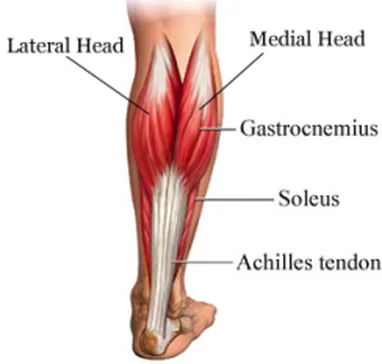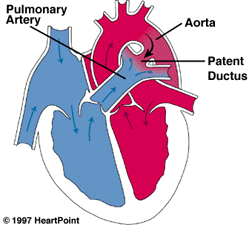Rectus capitis anterior muscle
Introduction
Rectus capitis anterior muscle is one of the deep neck muscles whose role is to flex the head on the neck at the atlantooccipital joint. The rectus capitis anterior muscle is a flat, small muscle that is nestled behind the upper portion of the longus capitis muscle.
This short strap muscles belong to the group of anterior vertebral muscles together with the longus colli muscle, longus capitis, and rectus capitis lateralis muscles. The anterior and lateral neck muscles concurrently comprise the prevertebral muscles of the neck, all lying deep to the prevertebral layer of deep cervical fascia.
The muscle lies deep in the superior portion of the longus capitis muscle. It belongs to the anterior vertebral muscles, which together with the lateral vertebral group include the prevertebral muscles. Being a portion of the prevertebral neck muscles, the rectus capitis anterior lies instantly posterior to the retropharyngeal space. Lateral to the muscle is the subclavian artery, and cervical and brachial plexuses.
Origin of Rectus capitis anterior muscle
Rectus capitis anterior muscles originate from the anterior surface of the lateral group of the atlas (first cervical vertebra) and the root of its transverse process.
Insertion of Rectus capitis anterior muscle
Rectus capitis anterior muscles extend superomedially and insert into the inferior surface of the basilar portion of the occipital bone.
Nerve supply
Rectus capitis anterior muscles are innervated by the anterior primary rami of spinal nerves C1 and C2. The anterior rami of these nerves are connected by a communicating division, from which the nerves to the rectus capitis anterior muscle branch.
Blood supply
Rectus capitis anterior muscle is delivered by branches of the vertebral and ascending pharyngeal arteries (a branch of the external carotid artery), while it is also drained by the vertebral vein.
Function of Rectus capitis anterior muscle
The function of the rectus capitis anterior muscle is to flexion the head on the neck at the atlantooccipital joint and also to stabilize the atlantooccipital joint. Weakly aids with the head’s flexion. The postural muscle assists to monitor the position of the head and movement.
Nestled deep between the first two of the cervical vertebrae and the skull base, these muscles support maintaining alignment between the upper cervical vertebrae and occiput. It allows support for the appropriate functioning of the associated circulatory and nervous structures. Suboccipitals are also responsible for developing fine movements for the head, such as when reading a book or scanning the roadways when driving or walking. These movements are important when sustaining awareness and orientation of the head while the body is moving.
Clinical significance
Turning too far to one side or too fast can cause injuries to this muscle. Whiplash injury tends to be one of the most typical methods for injuring the muscles in the neck. Symptoms include pain in the immediate and radiating site and headaches. Typical treatments comprise isolating movement of the area and utilizing anti-inflammatory medications to reduce pain and swelling.
Exercise of Rectus capitis anterior muscle
Suboccipital stretch
Stand with the back support and head against a wall, or sit with the back pushed into the back of a chair. Drag the chin back until the neck is straightforward. If executing the exercise against the wall, pull the chin back until the neck is touching the wall. Hold for five seconds before you terminate. Don’t lift the chin upward during exercise. Execute the exercise in repetitions of ten, up to seven periods during the day.
FAQ
Where is rectus capitis anterior?
The rectus capitis anterior muscle is a small muscle that belongs to the prevertebral and anterior neck muscles. It is located anterior to the vertebral column and extends between the atlas and the base of the skull.
What is rectus capitis anterior and rectus capitis lateralis?
The rectus capitis anterior muscles flex the head at the atlantooccipital joint. The rectus capitis lateralis muscles laterally flex the head at the atlantooccipital joint.
What are the symptoms of rectus capitis injury?
Symptoms may be described as stiffness in the neck, muscle spasms in the affected area, tenderness, and reduced range of movement of the head and neck. Treatment of an injury to this muscle contains icing the affected area, isolating movement of the area, rest, and massage therapy.
How do I stretch my rectus capitis?
Sit on the edge of a chair with the back straight and chin similar to the floor. Tilt the head forward gradually until the stretch is felt in the back of the neck. Hold for five seconds. Raise the chin and tilt the head back until the stretch is sensed in the upper neck.

